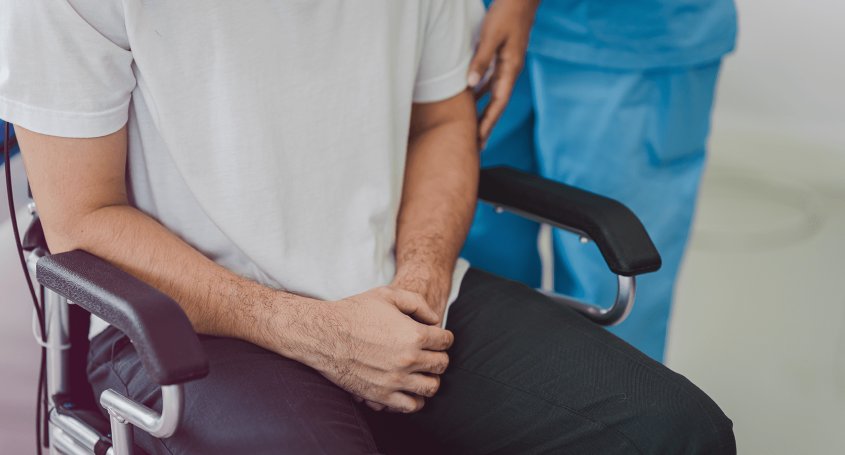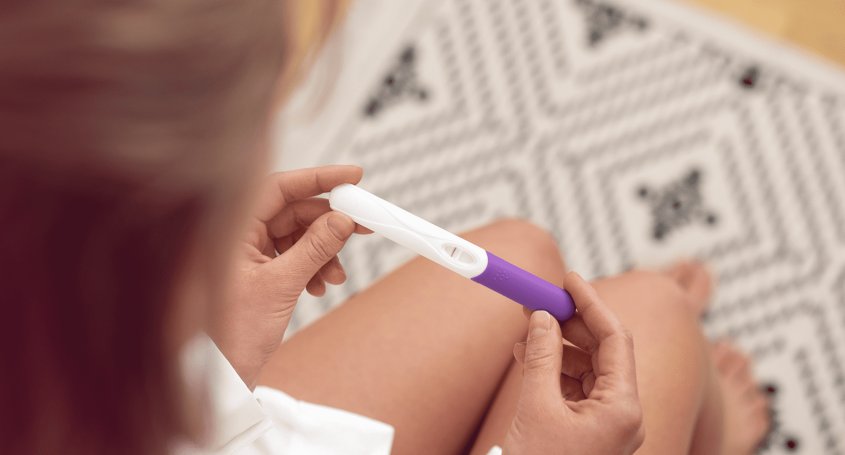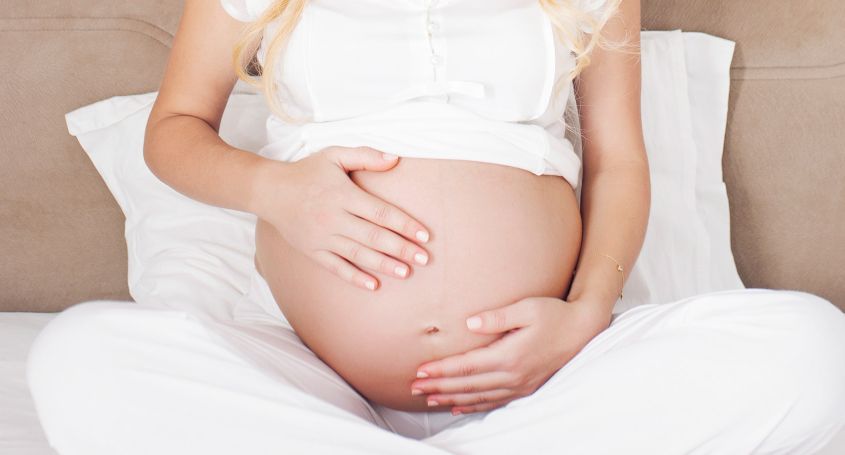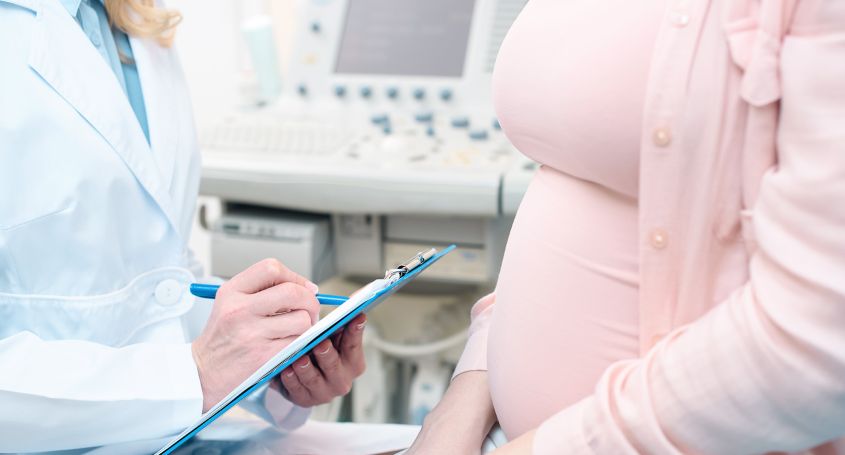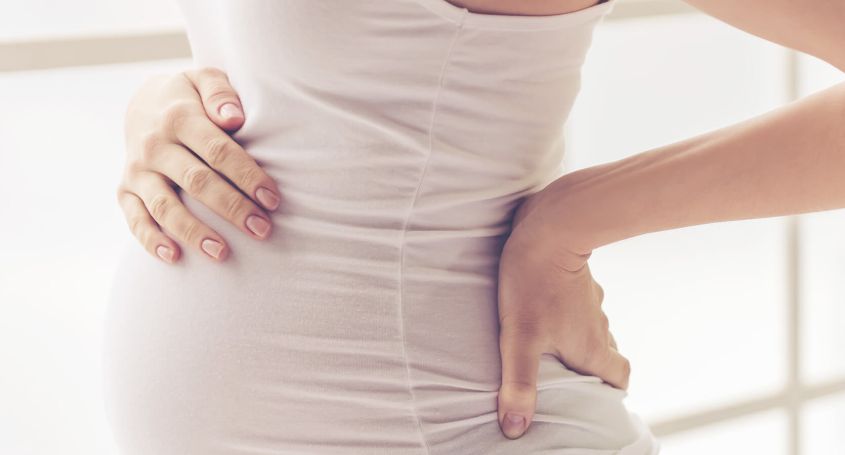Reciprocal IVF is a new treatment for lesbian women to achieve a pregnancy. It is also known as double maternity. Together with Artificial Insemination and In Vitro Fertilization (IVF) with donor sperm, they are the different options for women with a female partner to achieve a pregnancy.
In the reciprocal IVF, one of the women has to undergo an ovarian stimulation in order to get a sufficient number of oocytes for performing an In Vitro Fertilization (IVF). Once the oocytes are retrieved they get fertilized with donor sperm.
On the other hand, the woman who will get pregnant needs to undergo an endometrial preparation treatment with estrogens in order to achieve a good endometrial thickness. This endometrial preparation takes place at the same time as the female partner is undergoing the ovarian stimulation. The embryos are transferred into the recipient’s uterus in order to achieve pregnancy. One woman will give her oocytes, being the donor and the other woman, being the recipient, will get the embryos transferred.
Thanks to this technique it becomes possible that both women participate in the pregnancy process. One of them will be the genetic mother and the other one the gestational mother.
Reciprocal IVF for lesbian couples
09 / 12 / 2013
2 Comments
Leave a Reply
We receive many queries and it is not possible for us to provide a personal response to all comments. We will try to answer as soon as possible. In the meantime, we invite you to check our FAQ in case they can help you.


